-
02 Days
-
Private
-
Every Day
Description
Travel back in time to ancient Egypt
Experience the magic of the ancient Egyptian arts and see the beautiful wonders of Luxor on a 2-day tour from Cairo to Luxor and Abu Simbel by air-conditioned vehicle, You will experience a variety of attractions such as the Valley of the Kings and Hatshepsut Temple, the Temple of Hatshepsut, the Colossi of Memnon, the Temple of Karnak, and the Temples of Abu Simbel.
Itinerary
Morning time, we will pick you up from your hotel in Cairo, then transfer you to Cairo airport and catch your flight to Luxor. Upon arrival, take the chance to enjoy the exploration of the ancient city of Luxor and its impressive architectural heritage monuments, starting with:
The Valley of the Kings
The rulers of the Eighteenth, Nineteenth, and Twentieth Dynasties of Egypt’s prosperous New Kingdom (c.1550–1069 BC) were buried in a desolate dry river valley across the river from the ancient city of Thebes (modern Luxor), hence its modern name of the Valley of the Kings. This moniker is not entirely accurate, however, since some members of the royal family aside from the king were buried here as well, as were a few non-royal, albeit very high-ranking, individuals.
The Tomb of King Tut Ankh Amun
The tomb of the Eighteenth Dynasty king Tutankhamun (c.1336–1327 BC) is world-famous because it is the only royal tomb from the Valley of the Kings that was discovered relatively intact. Its discovery in 1922 by Howard Carter made headlines worldwide, and continued to do so as the golden artifacts and other luxurious objects discovered in this tomb were being brought out.
The Tomb of King Ramses VI
This tomb was begun by King Ramesses V (c.1147–1143 BC) of the Twentieth Dynasty. Although it is uncertain whether he was ultimately buried here, it is clear that his uncle Ramesses VI (c.1143–1136 BC) enlarged the tomb and used it.
The Tomb of King Seti I
The tomb of Sety I is one of the longest, deepest, and most beautifully decorated tombs in the Valley of the Kings. Sety I (c.1294–1279 BC) was the second king of the Nineteenth Dynasty, and father of Ramesses II (the Great). His tomb, number 17 in the Valley of the Kings, is sometimes called “Belzoni’s tomb” after its discoverer.
The Tomb of King Merenptah
The second-largest tomb in the valley, Merenptah’s tomb has been open since antiquity and has its share of Greek and Coptic graffiti. Floods have damaged the lower part of the walls of the long tunnel-like tomb, but the upper parts have well-preserved reliefs. The corridors are decorated with the Book of the Dead, the Book of Gates and the Book of Amduat. Beyond a shaft is a false burial chamber with two pillars decorated with the Book of Gates.
The Tomb of King Ramses III
One of the most popular tombs in the valley, KV 11 is also one of the most interesting and best preserved. Originally started by Sethnakht (1186–1184 BC), the project was abandoned when workers hit the shaft of another tomb (KV10). Work resumed under Ramses III (1184–1153 BC), the last of Egypt’s warrior pharaohs, with the corridor turning to the right, then left. It continues deep (125m overall) into the mountain and opens into a magnificent eight-pillared burial chamber.
The Tomb of King Ramses IV
Originally intended to be much larger, KV 2 was cut short at 89m on the early death of the pharaoh (1147 BC) and a pillared hall was converted to be the burial chamber. The sarcophagus is in place with a magnificent goddess Nut filling the ceiling above it. Close to the entrance of the valley, this tomb was opened in antiquity and inhabited (there is Greek, Roman and Coptic graffiti), and used as a hotel by many 18th- and 19th-century visitors.
The Temple of Hatshepsut
Hatshepsut (c.1473–1458 BC), the queen who became Pharaoh, built a magnificent temple at Deir al-Bahari, on the west back of Luxor. It lies directly across the Nile from Karnak Temple, the main sanctuary of the god Amun. Hatshepsut’s temple, Djeser-djeseru “the Holy of Holies” was designed by the chief steward of Amun, Senenmut.
The Colossi of Memnon
These two faceless colossi (the plural of colossus, which just means larger-than-life statue) are the first thing visitors see when they reach the west bank of the Nile opposite Luxor. This isn't surprising when you hear their dimensions: they tower 60 feet (18 m) above the plains and are estimated to weigh an enormous 720 tons each.
The Complex of Karnak Temples
Built over two millennia between the years of around 2200 and 360 BCE, Karnak is a massive Ancient Egyptian temple complex that was one of the country's most important places of worship under the rules of Hatshepsut, Seti I, Ramesses II and Ramesses III.
The Temple of Luxor
Luxor Temple, Ipet‑resyt “Southern Sanctuary” to the ancient Egyptians, was so called because of its location within ancient Thebes (modern Luxor).
After finishing your fantastic tour, you will be driven to Luxor rail way station to catch your first-class train to Aswan as soon as you arrive our representative will take you to your hotel to check in and overnight in Aswan.
In the morning, breakfast meals will be taken in boxes so that you check-out your hotel and then you will be transferred in a private air-conditioned car to Abu Simbel. Upon your arrival, you will join your tour guide who will accompany you while visiting:
Abu Simbel Temples
Abu Simbel temple complex includes 2 individual temples that were built during the reign of Pharaoh Ramsis II. The great temple was built for the king himself to commemorate his coronation and his birthday and it has been built in a very impressive accurate way which makes the whole world await the Sun Festival that occurs only twice a year in the great temple of the Pharaoh to witness the miracle that occurs there. The smaller temple was built as a sign of love & appreciation from the king to his beloved queen Nefertari putting in mind that she was the only wife of the king for whom he has built a temple.
Finally, you will enjoy your delicious lunch then transfer by a private A.C vehicle to Aswan Airport to be able to get back to Cairo, where your representative will be waiting for you at the airport to drive you back to your hotel and overnight in Cairo.
Experience
-
Highlights
-
• The Valley of the KingsThe Tomb of King Tut Ankh AmunThe Tomb of King Ramses VIThe Tomb of King Seti IThe Tomb of King MerenptahThe Tomb of King Ramses IIIThe Tomb of King Ramses IV• The mortuary temple of Queen Hatshepsut• The Colossi of Memnon• The Complex of Karnak.• The temple of Luxor.• The Great Temple of Ramses II.• The Small Temple of Queen Nefertari.
-
Includes
-
What`s Included:All transfers by a private air-conditioned vehicle.Pick up services from your hotel and return.Private all Languages speaking Egyptologist guide.Entrance fees to all the mentioned sites.Lunch meal will be served in a local restaurant.Accommodation for 01 night at 5 stars hotel in Aswan.Domestic flight ticket Cairo / Luxor / Aswan / Cairo.1st Class train ticket from Luxor to Aswan.All taxes and service charge.
-
What`s Excluded:Drinks during meals.Any visit haven`t mentioned in the itinerary.Tipping kitty.
Starts from $ 630
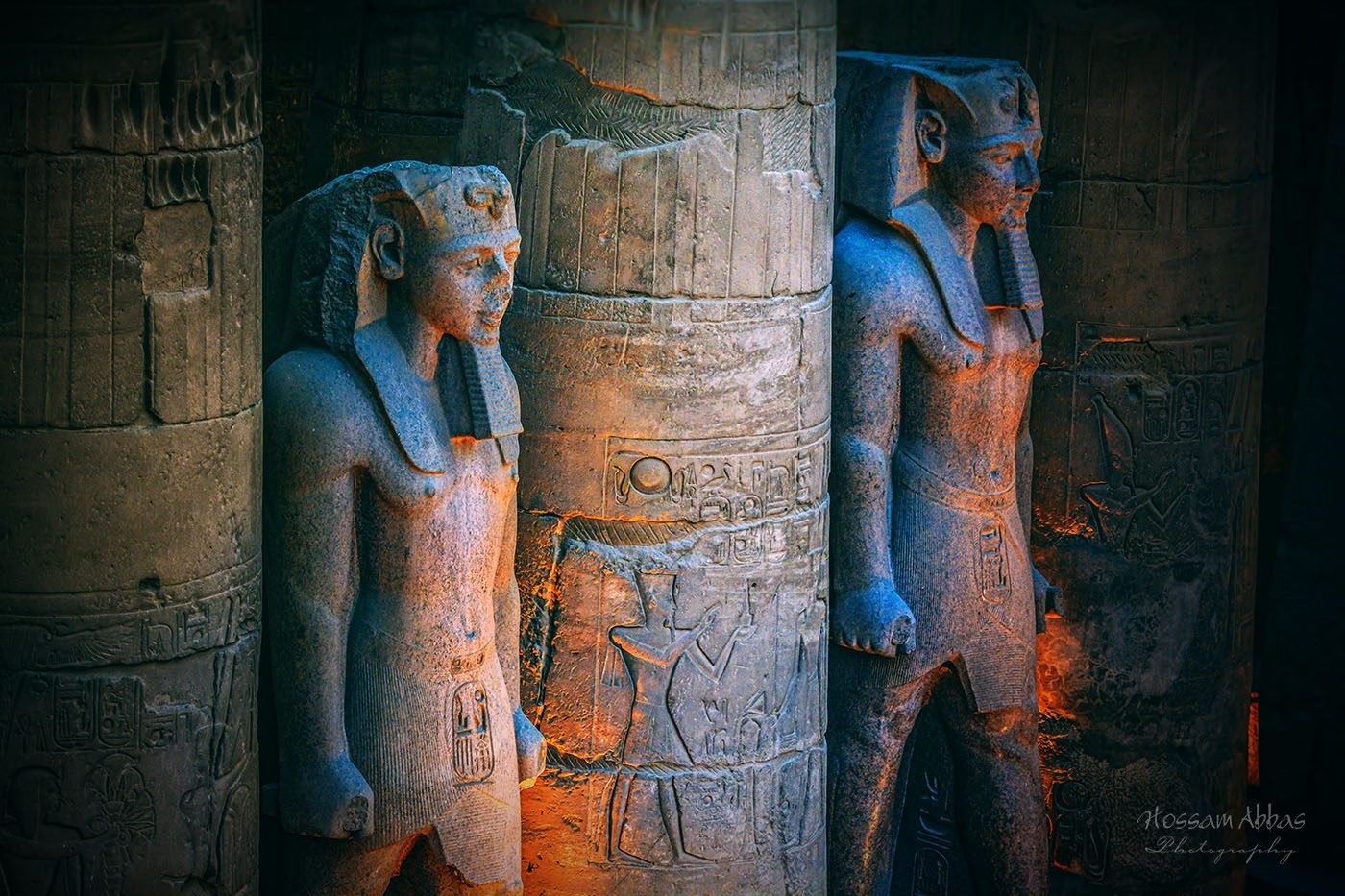
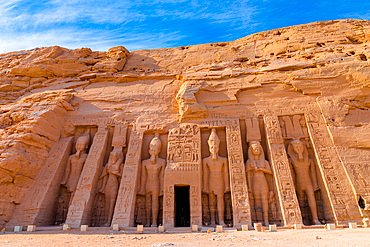
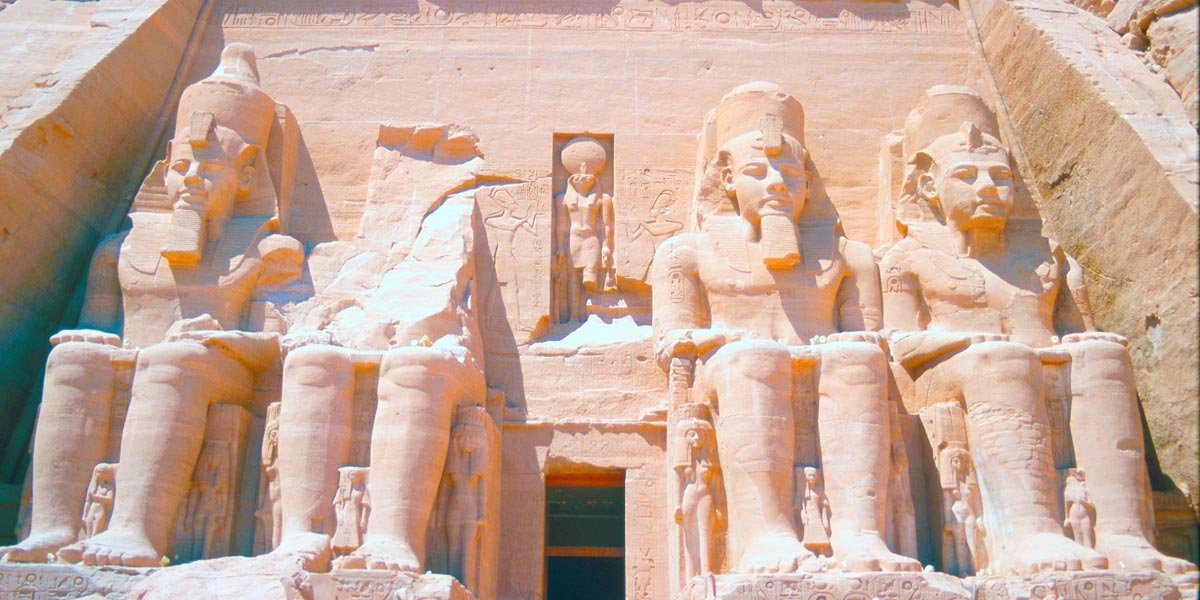
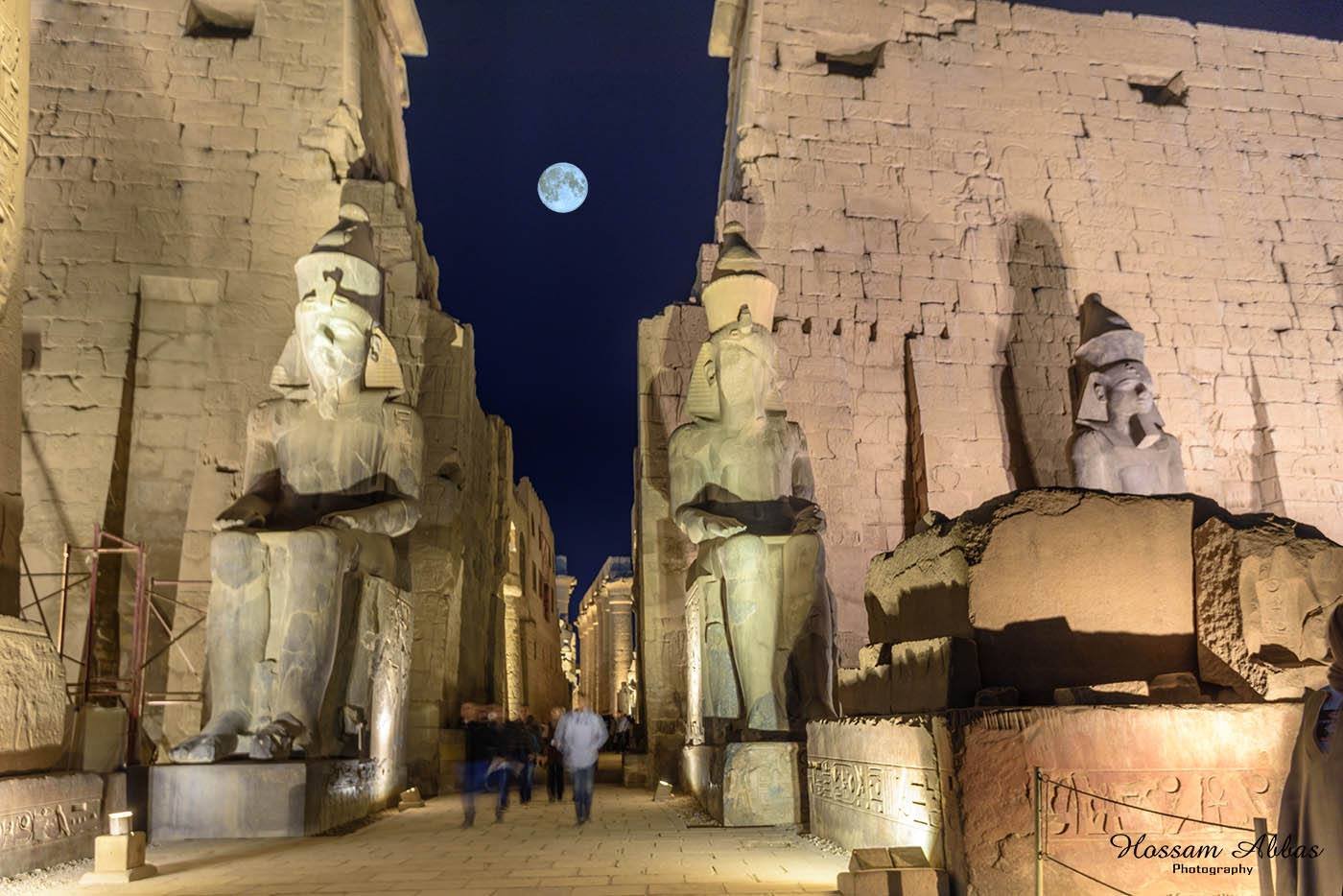

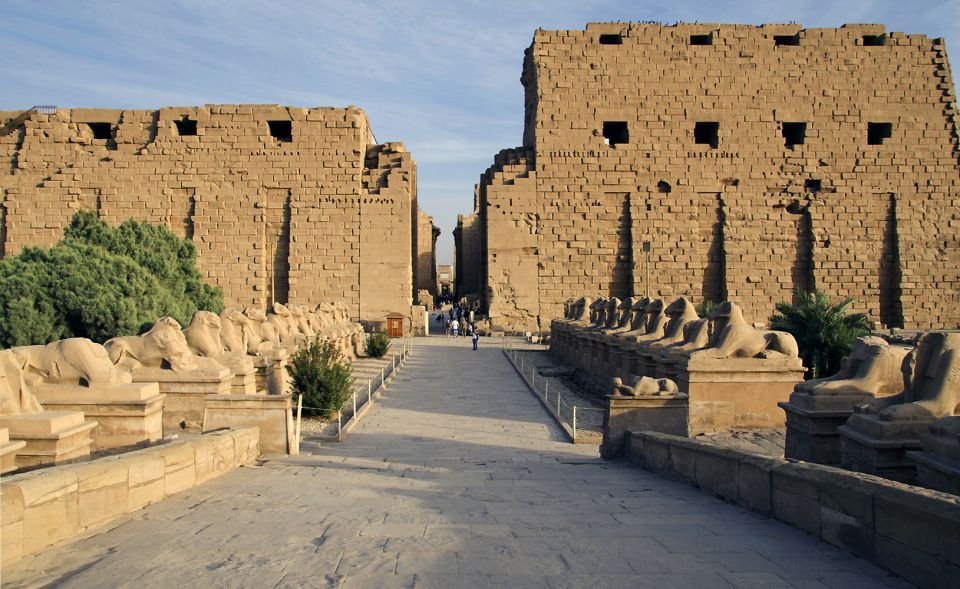





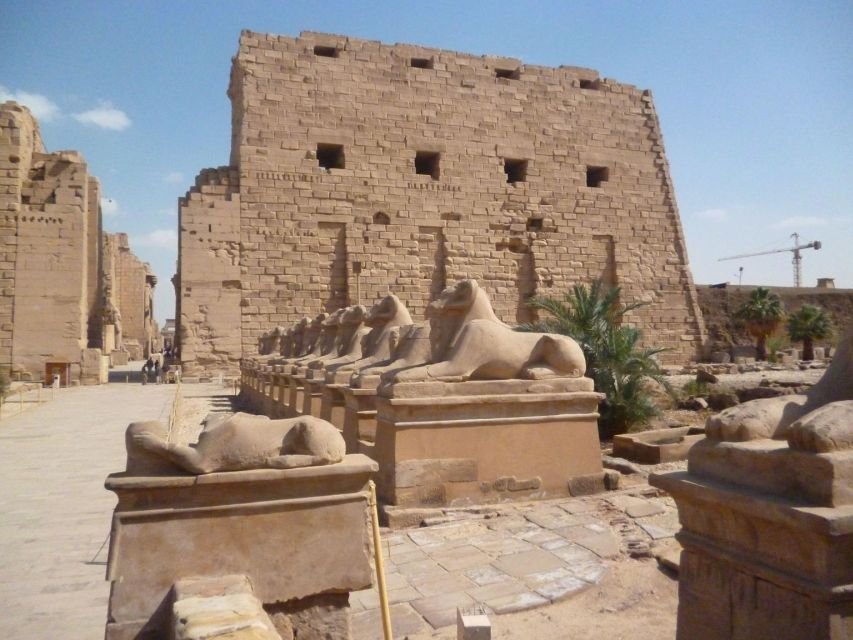

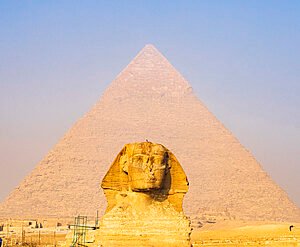
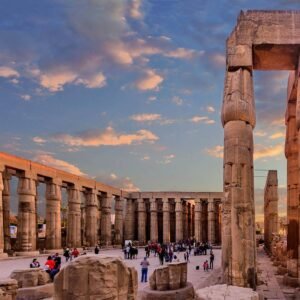
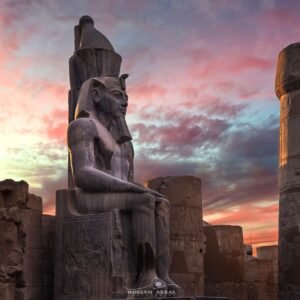
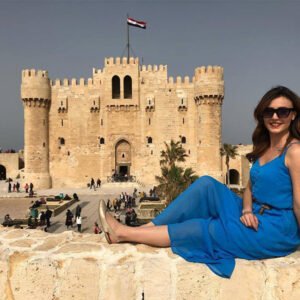

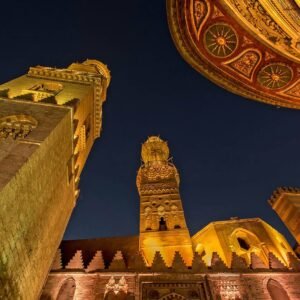

Be the first to review “Egypt Tour Packages 02 days tour fly to Luxor and Abu Simbel from Cairo”